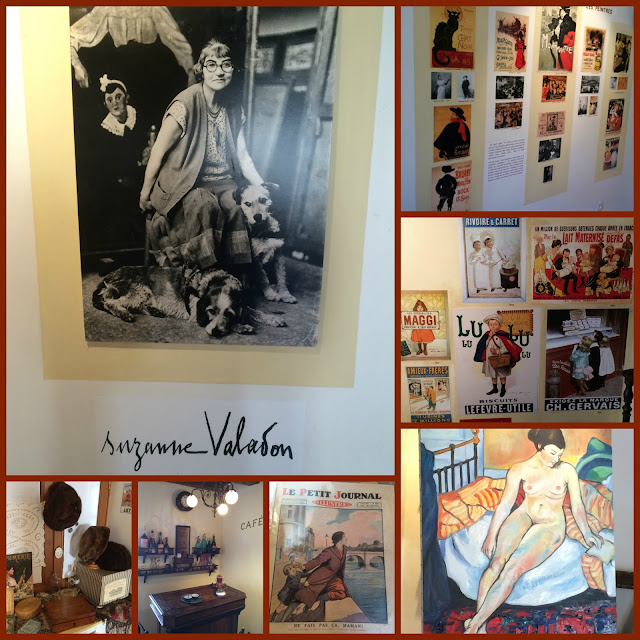Little white VW Polo
Whilst visiting Razès for
the wedding of Margaret and Pascal, we had time to zip around the area in a little hired car. Zipping is probably not the right word, since everything we did was done in a lazy summery haze.
Bessines-sur-Gartemps
We stayed in the little town of
Bessines-sur-Gartemps which had a lovely square and an interesting church, the Église Saint-Léger.
Chateau Constant
We slept in the ‘Blue Room’ of the eccentric but atmospheric
Chateau Constant run by Ana Marie Rivera and Gerard van Hooft. Is anything more holiday-like than the smell and taste of French breakfast? Freshly-baked croissants, café au lait, luscious plums and apricots…. The cool of Chateau Constant was a respite from the heat but we could not help but venture forth into the highways and byways of the rural idyll.
Viaduct, Rock and Bridge
The Office de Tourism were welcoming and drew our attention to some out-of-the-ordinary man-made structures (a viaduct (
Viaduc Rocherolles) and a
medieval bridge) as well as a more mysterious attraction, the
Pierre Belle, a mysterious, primitive, road-side
rock basin whose origin and purpose have been forgotten down the ages.
I paint with the stubbornness I need for living
Bessines-sur-Gartemps was also the birthplace of artist
Suzanne Valadon (1865 – 1938), an extraordinary woman who, apart from being the mother of Maurice Utrillo, was a pioneer in her time.
Striking things I learned about her:
- she painted women who look like real women
- she behaved as she wanted and wouldn’t follow society’s conventions
- she smoked, drank, took drugs and had a number of affairs
- she joined a circus as a teenager but fell off a trapeze
- she modeled for Toulouse-Lautrec and Renoir
- she kept a goat who ate all her discarded artwork
- she has memorable works in galleries across the world
- in her time she was notorious and rebellious and greatly loved by all who knew her
- these days she is a feminist icon for many who discover her work and learn about her life
There must be more than this provincial life....
Shallow, I know, but it was very hard to avoid humming and whistling Alan Menken/Howard Ashman’s
Belle from
Beauty and the Beast as we wandered round Bessines-sur-Gartemps. I wonder what the locals truly make of Suzanne Valadon as they go about their daily business. I swear there was one trip out when every single person I saw was carrying a fresh baguette….
Little town it's a quiet village.
Every day like the one before.
Little town full of little people, waking up to say.
"Bonjour!...."
There goes the baker with his tray like always.
The same old bread and rolls to sell.
Every morning just the same since the morning that we came,
To this poor provincial town….
 |
| Au revoir Chateau Constant |
Onwards from Limoges railway station
An elegant coffee at the city railway station was the prelude to the next stage of our French adventure – travelling by train to an even more remote town further south…. To be continued….































